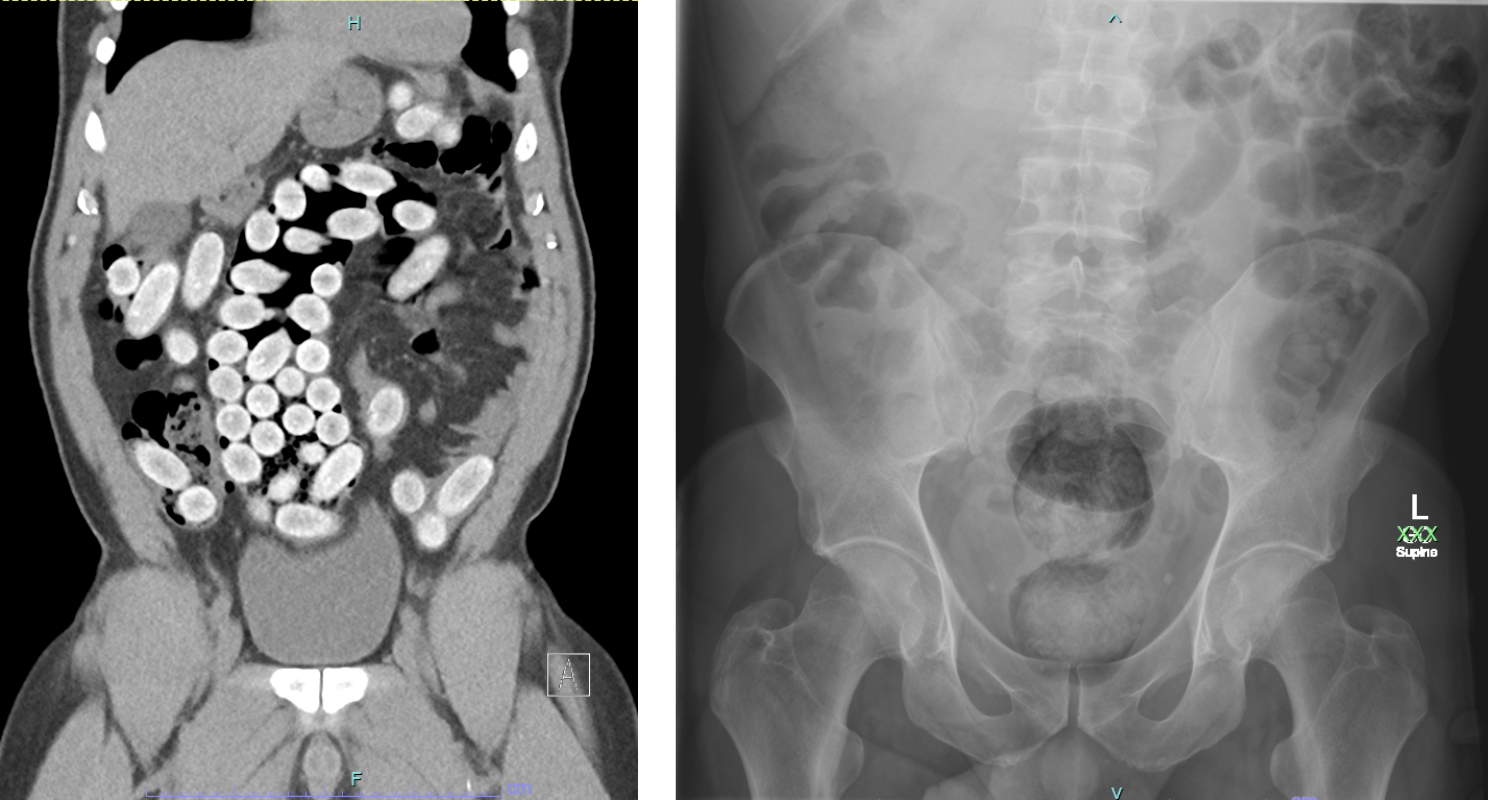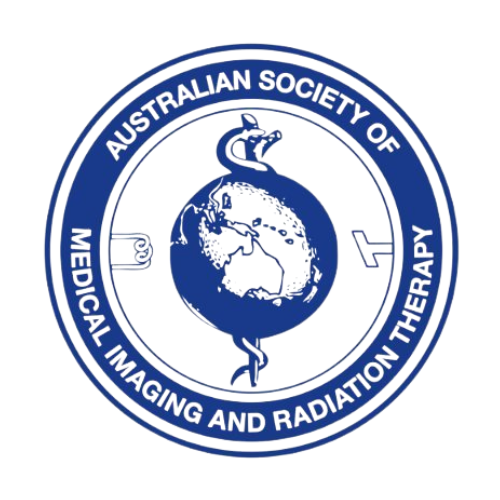Picture this: you’re watching an intense border security show, and customs officers have just pulled aside a suspicious traveller. The trained security dog gives the signal that the passenger might be carrying something they shouldn’t; who do the security team call to confirm this? A radiographer!
These behind-the-scenes heroes use their expertise in x-rays and radiography to detect illegal drugs that have been hidden through body packing. So, If you’ve ever thought about a career that combines cutting-edge technology with crime-fighting action, a radiography career might be the perfect path for you.
What is Radiography?
While radiographers are best known for working in hospitals, they also play a huge role in keeping Australia’s borders safe. Yes, those in radiography careers play a crucial part in the healthcare industry, but they also help with security and law enforcement! With radiography know-how, professionals can detect broken bones in a hospital setting or uncover illegal smuggling operations at an airport.
To become a radiographer, you’ll need to study medical imaging at university and gain some hands-on experience with radiography equipment. Once qualified, you can explore various radiography careers, that could see you working in diagnostic radiography, and even forensic radiology!
Why is Radiography Important?
If you’re looking for a career that makes a real difference, a radiography career could be the perfect fit. After all, radiography isn’t just about taking pictures; it’s about saving lives, solving crimes, and protecting the public. Here’s why it’s such a rewarding field:
-
Radiography Helps Save Lives
In a hospital, radiographers use x-rays and radiography tech to detect serious conditions like fractures, tumours, and internal bleeding. But did you know radiographers also work in emergency situations, helping doctors diagnose life-threatening injuries? Their skills ensure patients get the right treatment fast.
On the other hand, in security settings, radiographers help law enforcement identify dangerous items before they can cause harm. Imagine preventing a major crime just by analysing an image; that’s the power of an x-ray career!
-
It’s a High-Tech, Ever-Evolving Field
Radiography is always evolving. New imaging techniques and AI-powered analysis tools mean those in radiography careers are at the forefront of medical and security technology. Whether you’re interested in using 3D imaging to find hidden contraband or advanced scanning to diagnose rare medical conditions, radiography careers are packed with exciting innovations.
-
It Offers a Variety of Career Paths
One of the best things about radiography careers is the variety. You could work in a hospital, helping patients recover, or you could specialise in forensic radiography, assisting police investigations.
-
You Get to Be a Real-Life Crime Fighter
Let’s be real; who doesn’t love a good detective story? If you’ve ever dreamed of being part of an elite investigative team, a radiography career could make that a reality. Radiographers working in security use advanced radiography tech to scan for hidden drugs. Their work is super crucial in stopping smugglers before they can bring dangerous substances into Australia.
-
It’s a Secure and In-Demand Profession
With advancements in medical imaging and increasing security concerns worldwide, radiography careers are in high demand. Whether it’s in healthcare or law enforcement, skilled radiographers are needed to operate sophisticated imaging equipment and analyse results. Plus, with Australia’s growing population and strict border controls, professionals with expertise in x-ray and radiography are more essential than ever.

How Radiographers Help Stop Drug Smugglers
Now, let’s dive into the action! How exactly do radiographers help bust smugglers? Here’s a behind-the-scenes look at how radiography helps protect Australia from illegal drug trade (courtesy of our friends from ASMIRT)!
Question: What’s Body Packing?
Answer: Body packing is a dangerous way some people try to sneak drugs into Australia. These “drug mules” hide drugs inside their bodies to avoid getting caught at airports or border checks (but the talented people in radiography careers often catch them anyway). Here’s how they do it:
- Swallowing packets: They swallow small, tightly wrapped drug packages. These packets are designed to survive the trip through the body without breaking open. Sometimes they even coat the packets with wax to make them stronger.
- Hiding in body cavities: Some stuff larger packets in private areas.
- “Body stuffing”: Quickly swallowing loose drugs when about to get caught (super risky!).
Body packers can carry over a kilogram of drugs in many packets. Common drugs include cocaine, heroin and cannabis. This is incredibly dangerous; if a packet breaks, it can cause overdose or death. Packets can also block the intestines or cause serious infections (in short, it’s never a good idea).
Question: What Do Radiographers Do About It?
Answer: When someone’s suspected of body packing in Australia, they might get sent to a radiographer for an X-ray or CT scan. Here’s how those in radiography careers deal with it:
- Consent: The radiographer must get permission from the suspect, sometimes using a translator.
- Scanning: CT scans are usually better than X-rays for spotting drugs but have more radiation.
Then, if someone admits to having drugs inside them or they show up on an X-ray or CT scan, here’s the deal. They don’t have to have any invasive physical exams (phew!), but they’re not off the hook yet.
The next stage, which we refer to as the ‘Not-So-Fun Waiting Game’ involves waiting until the smugglers “pass” the drugs naturally. After two clear poops, they get another CT scan and if that scan’s still inconclusive, they might have to do a “bowel washout,” which can be as unpleasant as it sounds.
Question: Why Drug Smuggling is so Dangerous
Answer: Here’s the scary part: Doctors watch for “toxidromes”. That’s the scientific term used for signs that a drug packet has broken open inside the body. This is a dangerous development and can even be deadly. We’ve said this before and we’ll say it again; it’s never a good idea!
Choose a Crime-Fighting Radiography Career!
Radiographers do way more than just scan broken bones; they help save lives, stop criminals, and protect Australia’s borders too! If you’re passionate about technology, problem-solving, and making a real impact, a radiography career in the medical or security sectors could be the perfect choice for you.
With job security, exciting career opportunities, and the chance to work in high-stakes environments, radiography careers offer a rewarding path for anyone looking for a dynamic and meaningful profession. So, whether you see yourself working in a hospital, solving crimes, or catching smugglers, radiography could be your ticket to an action-packed future! Want to learn more? Head to ASMIRT’s employer page and kickstart your career today!

